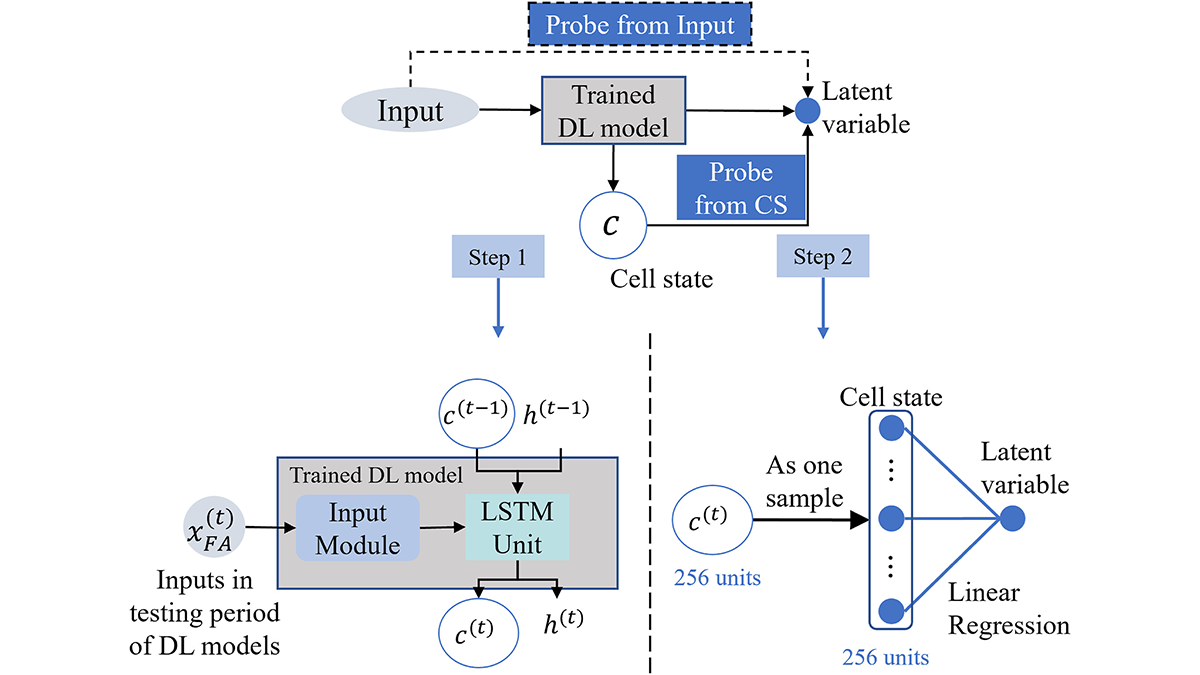Editors’ Highlights are summaries of recent papers by AGU’s journal editors.
Source: Water Resources Research
Deep learning’s (DL’s) promise and appeal is algorithmic amalgamation of all available data to achieve model generalization and prediction of complex systems. Thus, there is a need to design multivariate training and predictions tasks in order to identify all relevant connections between variables across different space and time scales.
Ouyang et al. [2025] propose a multi-task long-short-term memory (LSTM) neural network to predict time series of multiple hydrologic variables. In the application of the approach, by combining different variables in the prediction task and sharing information between them, improved physical consistency and accuracy is achieved. The authors demonstrate this in various prediction exercises of streamflow and evapotranspiration including conditions of data scarcity.
The study is a good example of how innovation within DL can realize the promise of generalizable hydrological models and predictions of complex systems in future. It also implicitly encourages hydrologists to expand their DL approaches for multi-tasking. After all, there is a plethora of data and computing resources available to achieve DL’s promise.
Citation: Ouyang, W., Gu, X., Ye, L., Liu, X., & Zhang, C. (2025). Exploring hydrological variable interconnections and enhancing predictions for data‐limited basins through multi‐task learning. Water Resources Research, 61, e2023WR036593. https://doi.org/10.1029/2023WR036593
—Stefan Kollet, Editor, Water Resources Research

